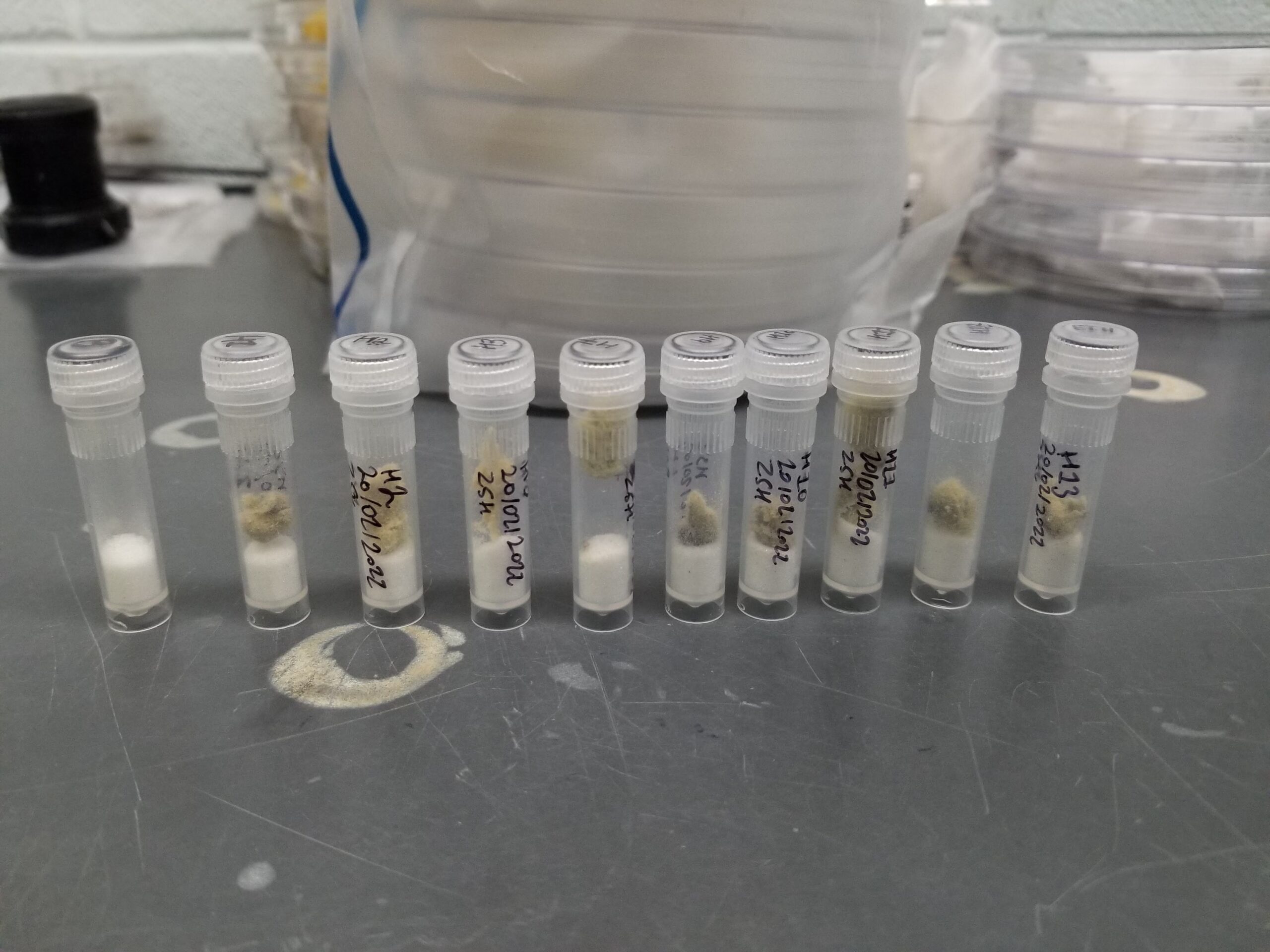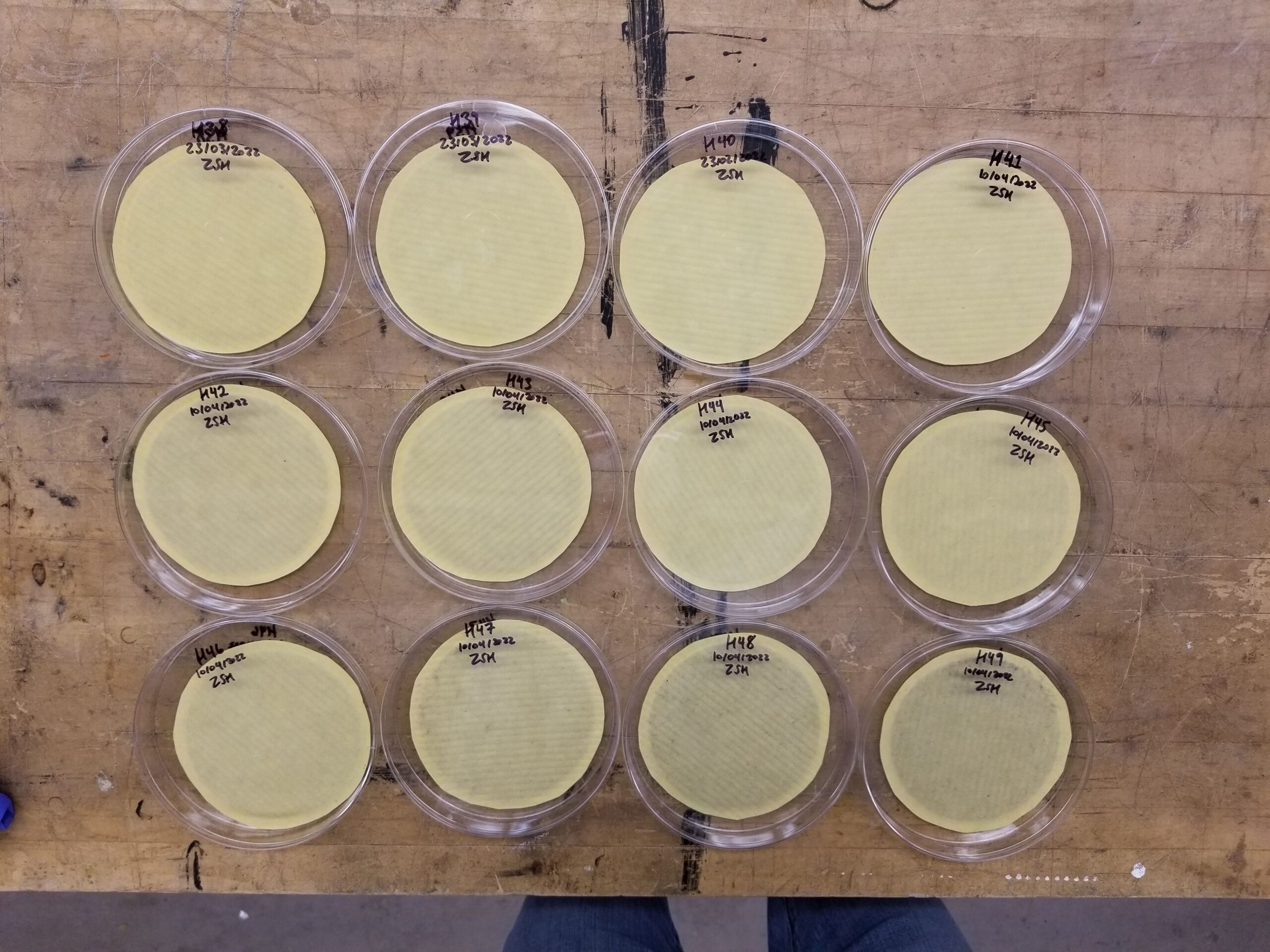Estimating Indoor Airborne Concentrations of SARS-CoV-2
Using the quantitative filter forensics equation and metadata, along with RT-qPCR data from dust vacuumed off of portable air cleaner filters, I estimated indoor airborne concentrations of SARS-CoV-2 in covid-positive homes and in the community.
Status: Current
Research themes: Health and comfort
Research areas: Indoor microbes and moisture; Infectious diseases and buildings
Project Objective
The goal of this project is to estimate indoor airborne concentrations of SARS-CoV-2 because COVID-19 is primarily spread by airborne transmission. It is critical to understand the factors that may contribute to high airborne concentrations of SARS-CoV-2 (e.g. high occupancy and small room volume), as well as to understand how indoor airborne concentrations of this virus in a home
Approach
Portable air cleaners were deployed in 5 homes with covid-positive individuals and in 10 community locations (in community locations, the same rooms were sampled for 4 different weeks). When PACs were collected, the filters were vacuumed, then RNA was extracted from the dust sample, and the RNA extracts were quantified for SARS-CoV-2 RNA using RT-qPCR. The quantitative filter forensics equation and metadata about the PACs were used to estimate airborne concentrations of SARS-CoV-2 RNA.
Findings
Results revealed the highest concentrations of airborne SARS-CoV-2 RNA in the rooms of isolating, infected individuals. Disease state (days since symptom onset) may play a large role in determining airborne SARS-CoV-2 concentrations. Higher occupancy in community settings tends to be linked to higher airborne SARS-CoV-2 concentrations, likely due to occupants respiring the virus, and possibly also due to occupants’ footsteps causing virus-containing particles to resuspend into the air.
Publications
Journal Publications
Hoskin, Z.S., Siegel, J.A., Haines S.R. (2024). Estimating airborne concentration of SARS-CoV-2 RNA using quantitative filter forensics. Building and Environment. https://doi.org/10.1016/j.buildenv.2024.111632
People Involved

PhD Candidate

Principal Investigator

Principal Investigator




